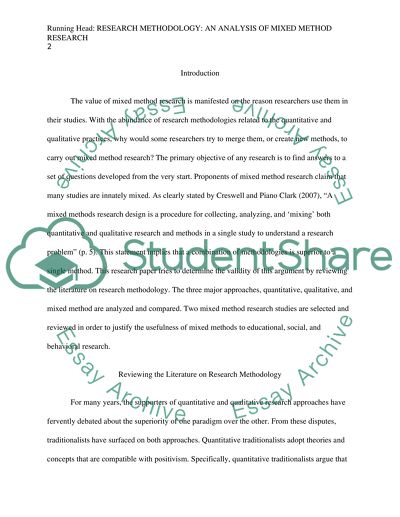Cite this document
(“Research methodology: an analysis of mixed method research Paper”, n.d.)
Research methodology: an analysis of mixed method research Paper. Retrieved from https://studentshare.org/education/1402640-research-methodology
Research methodology: an analysis of mixed method research Paper. Retrieved from https://studentshare.org/education/1402640-research-methodology
(Research Methodology: An Analysis of Mixed Method Research Paper)
Research Methodology: An Analysis of Mixed Method Research Paper. https://studentshare.org/education/1402640-research-methodology.
Research Methodology: An Analysis of Mixed Method Research Paper. https://studentshare.org/education/1402640-research-methodology.
“Research Methodology: An Analysis of Mixed Method Research Paper”, n.d. https://studentshare.org/education/1402640-research-methodology.


